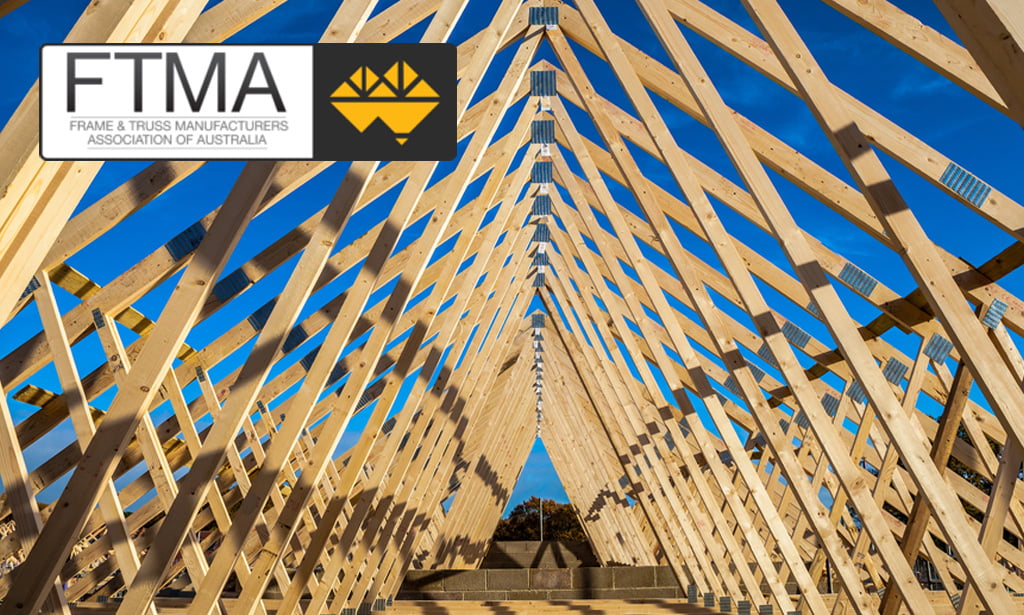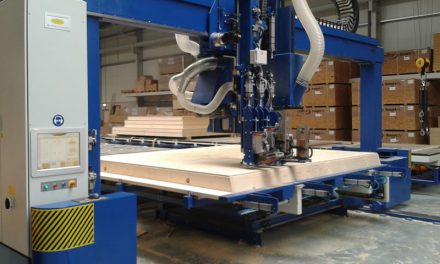It’s hard to believe people can get so excited about waste issues but believe me, ForestWorks Innovation Skills Consultant, Peter McLean of Developmental Impact, and I were over the moon as we went from meeting to meeting hearing about the waste issues and discovering new solutions throughout the week.
The story was the same from all the fabricators we spoke to; the costs for waste were too high, disposing of T2/H2F was getting harder due to EPA restrictions and if we could burn the enveloped treated timbers then it wouldn’t only be easier and cheaper to dispose of the timber but market opportunities could open up for fabricators.
As previously reported in TimberTrader News, the cost of timber disposal in New South Wales (NSW) in particular is outrageous, with the NSW State Government waste disposal levy being $120.90, which is more than double than the next highest state levy.
So what we were excited about? We were excited to meet with Sohum Gandhi, the General Manager of Energence, who has a proactive approach to designing energy systems involving biomass fuels, which will provide a cleaner and more cost effective energy source for businesses.
There are biomass plants that are an affordable alternative for larger fabricators, however, with customers all over Australia, Sohum was excited about the possibility of industry symbiosis which would result in fabricators being able to dispose of waste and, in turn, Sohum’s larger customers finding fuel to run their biomass plants.
This is an area where more work needs to be done, but at the very least the right contacts have been made, alternatives have been found and some larger plants may indeed find a way to not only save money on their waste disposal but also reduce their energy costs.
Another reason to get excited was the option of fully recycling the timber waste for a timber industry company like D&R Henderson’s, who have set up a timber waste collection point in Riverstone NSW.
D&R Henderson’s is one of Australia’s largest, privately owned, manufacturing companies operating in the laminated particleboard and pine timber industry based in Benalla. As they send products to NSW, they are back loading and taking timber waste products back to Benalla for recycling and becoming future timber products.
Paul Finn and Malcolm Hurst attended the West Sydney meeting to explain their operation where they are able to obtain timber waste from fabricators.
A cost is involved, however, this is remarkably cheaper than the NSW State Government Waste levy and further savings can be made with fabricators operating in clusters with waste trucks collecting their timber to take to Henderson’s. So again, another opportunity was discovered that not only saves fabricators money but also is a more environmentally friendly option than dumping the timber as land fill.
The biggest hindrance for fabricators to actually make money from treated timber waste is the issue of whether T2/H2F can be burnt; and there was no doubt that the attendance of Arch Wood Protection and Koppers at the meetings helped look into this issue further.
Feedback was that there is nothing available yet. However, thanks to Peter’s amazing contacts and plenty of phone calls during the three days of travel, we have possibly found a solution.
Again – further work needs to be done. However, according to our conversations, the NSW EPA has approved new technology, which can see the burning of enveloped treated products, and which will open up a whole new world to fabricators seeking a return on their waste.
The only negative of the whole trip was the lack of interest in the seminars from some timber companies, with D&R Henderson being the only one in attendance.
The timber waste issue is something that needs to be addressed across the supply chain. Yes, the cost is one bore by the fabricators who have already paid for their timber so, within a purely sales environment, I can understand timber companies not feeling responsible for solving this issue.
However, this assumption would be incorrect. There were three nailplate companies at the seminars because they were able to recognise the importance and potential for keeping our prices low.
If fabricators can’t find an option for reducing timber waste disposal costs, then the prices will rise and this could possibly give the steel industry a foot-up. So surely the timber companies should be able to see the importance of a wide, collaborative approach across the supply chain.
The best news is that the solutions are out there, new technologies will help our sector and new products such as pellets and biomass plants can lead to not only minimising the costs of timber waste disposal but maximising the business opportunities from waste disposal.
Exciting times ahead.
For more information contact Kersten Gentle on 0418 226 242.











